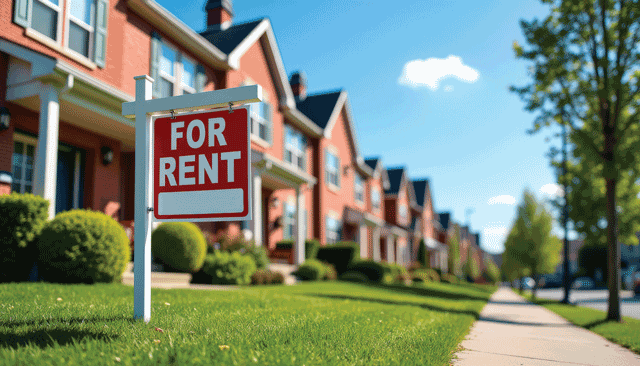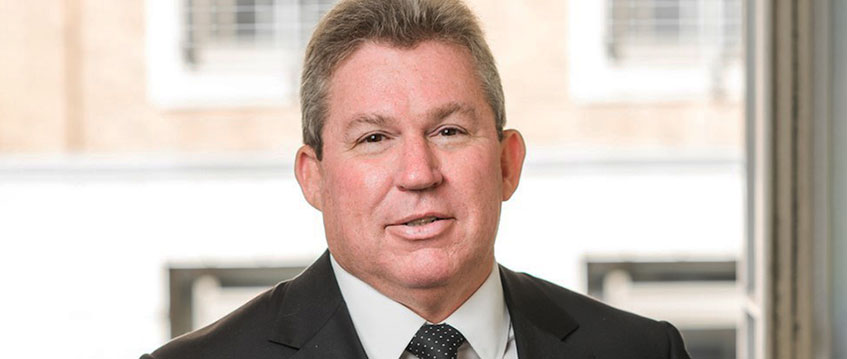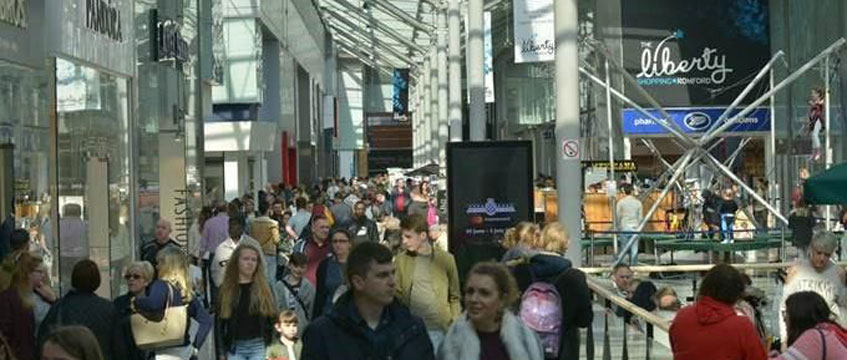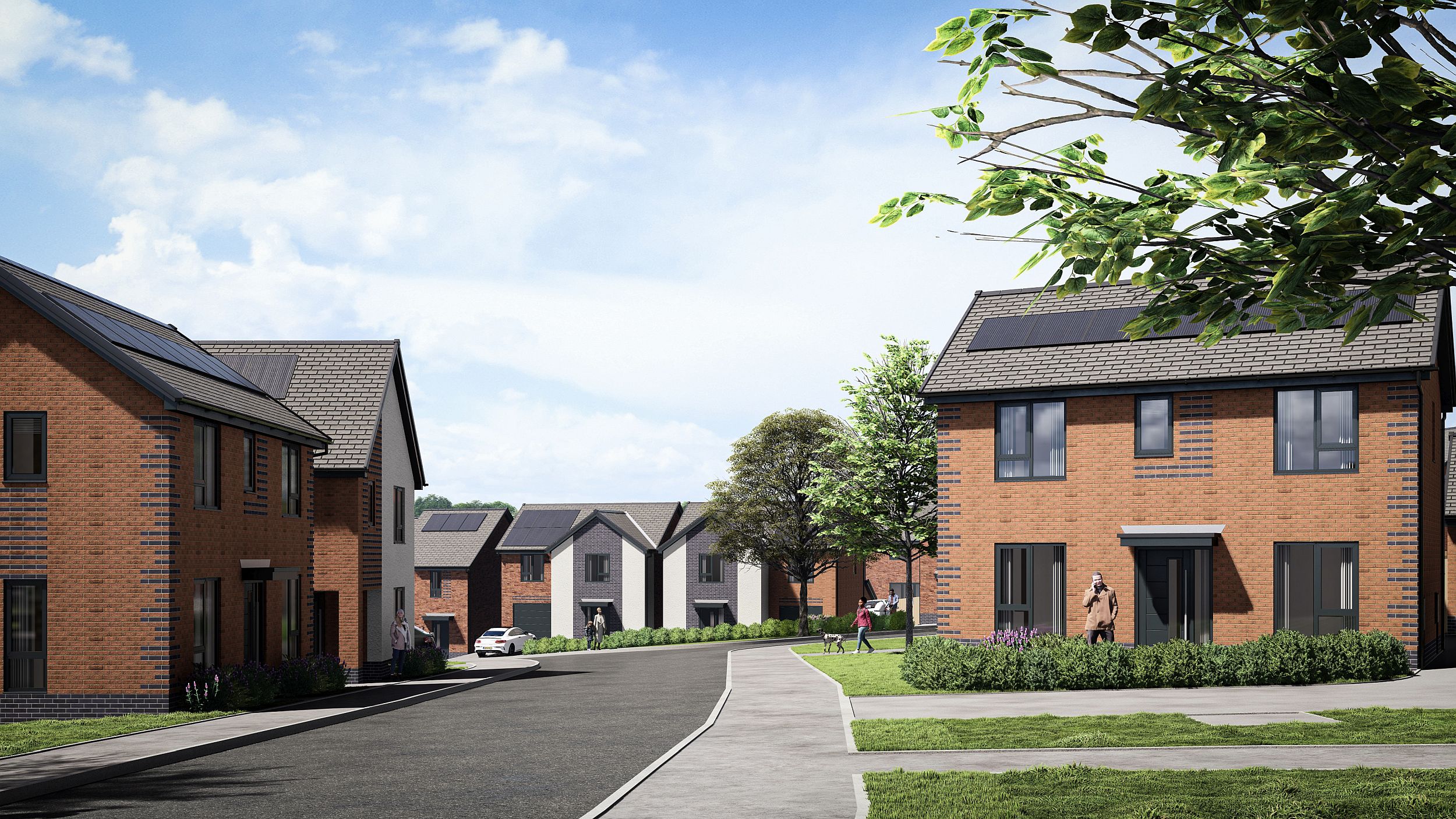As we all know, international investment into UK commercial property dropped substantially last year, as non-domestic buyers were hit both home and abroad by travel restrictions, severely limiting their ability to inspect and move forward with purchases. That being said, it’s certainly not the case that all international investment activity ground to a halt.
Across the collective Scottish commercial markets, total 2020 volumes were £1.2bn, down by 46% on 2019. However, the proportion that international buyers were responsible for jumped from 73.2% in 2019 to 78.3% in 2020. Looking at the individual city markets, unsurprisingly Edinburgh was the main driver behind this change: overseas commercial investment rose by almost 10% in 2020 as non-domestics buyers went from being responsible for 63.9% of volumes to 73.2%. In comparison, overseas investors were responsible for approximately 48% of office investment volumes in Birmingham and 43% in Manchester in the same period.
Drilling down specifically into Edinburgh’s office market, overseas buyers were responsible for 96.1% of all office volumes, up from 73.4% in the previous year. South Korea’s Hyundai Asset Management buying Aegon’s UK head office in Edinburgh from M&G for just over £133m in partnership with Roebuck Asset Management is partly responsible for this leap.
Germany’s KanAm Grund Group followed its 2019 purchase of Aberdeen Standard Investments’ Edinburgh headquarters for £130m with two Edinburgh buys in 2020. It paid approximately £31m for Knight Property Group’s Edinburgh House at 4 North St Andrew Street and is rumoured to be under offer at M&G’s 3 Quartermile for £45m.
US, Middle Eastern, French, Scandinavian and South African buyers have also been active and bidding on assets. Edinburgh prime office yields currently sit at 4.75%, while in Glasgow they are 5.25% and in Aberdeen 6.75%.

So why are overseas buyers going the extra mile to invest in the Scottish markets when things have admittedly been more than a little challenging?
There are a number of macro factors that make the UK overall a top destination for international capital. It’s been said before but it’s worth reiterating, given that we can be too inward-looking from time to time – placing more emphasis on domestic events than they perhaps deserve from an international perspective – but the UK remains a beacon of stability. Yes, questions remain on the fall-out from Brexit, but the potential consequences are largely seen as being relatively minor compared to upheaval in some jurisdictions around the world.
While some domestic investors may have been deterred, the prospect of a second Scottish independence referendum is a minor concern to international investors relative to the risks they may be weighing up in other markets. Likewise, the strong fundamentals of the UK’s long lease lengths and its stable legal system through which they can be enforced cannot be underestimated, whatever temporary eviction bans may have been put in force over the past year.
UK commercial property also offers some of the highest cash-on-cash returns across all asset classes, with a combination of the falling all-in cost of finance and comparatively higher yields on offer drawing international buyers to our borders.
But what is pushing Scottish assets above those in the other big regional cities? The cache of Edinburgh as a capital city shouldn’t be undervalued. It punches well above its weight in terms of global recognition and, therefore, international investors are more comfortable acting in it than markets they’re less familiar with it, particularly when they’re deploying capital almost “sight unseen”.
Glasgow, too, is increasing in international profile: boosted by the 2014 Commonwealth Games and the location of COP-26 later this year (the UN’s international summit to fight climate change). It is also now established on a global stage, compared with other UK cities which remain almost unheard of among some parts of the international investment community.

The occupational story over the past year has been a selling point too. Edinburgh was the only key UK office market that showed an annual uplift in take-up over 2020, driven by two deals in excess of 100,000 sq ft completing, including Baillie Gifford’s agreement to take 280,000 sq ft at new development The Haymarket. In Glasgow, the Scottish government leased 91,000 sq ft at 220 High Street, while in March the UK government announced plans to set up a secondary HQ in Glasgow as part of its plan to relocate thousands of civil service roles outside of central London. Glasgow, East Kilbride and the surrounding areas will therefore benefit from new jobs and investment, with the Cabinet Office and Foreign, Commonwealth & Development Office relocating more than 1,000 civil service roles to the region in the next three years. The UK and Scottish governments already have a network of offices based in the city centre, so these new branches will join an existing cluster of government offices in Glasgow.
These deals and announcements have provided office buyers with confidence in the long-term performance and security of strong income returns, as has the knowledge that key Scottish cities have had much less “grey space” being returned to the market than in many other places, with available office space increasing by just 2% in 2020 compared with 26% across the rest of the UK’s major cities. Supply of prime grade-A space also remains very low in Edinburgh and Glasgow, maintaining rental growth.
Looking ahead, Edinburgh and Glasgow, with their compact city centres and good cultural and leisure mixes, look poised to recover from the pandemic faster than some larger centres as they continue to be attractive to both workers and occupiers alike. With the occupancy story looking resilient, the fundamentals of Scottish property remaining strong, and international buyers having significant pent-up capital ready to deploy, we expect many more deals this year as investors walk (or more likely fly) the 500 miles to Scotland.
Nick Penny is head of Scotland, Savills, and director of UK investment











